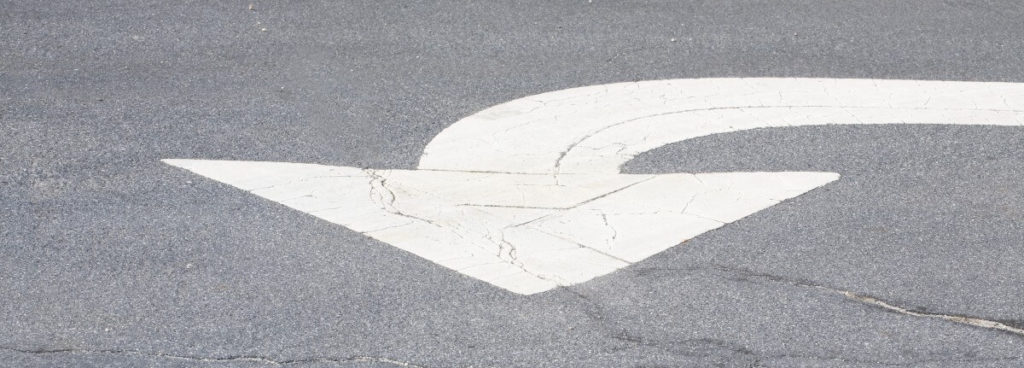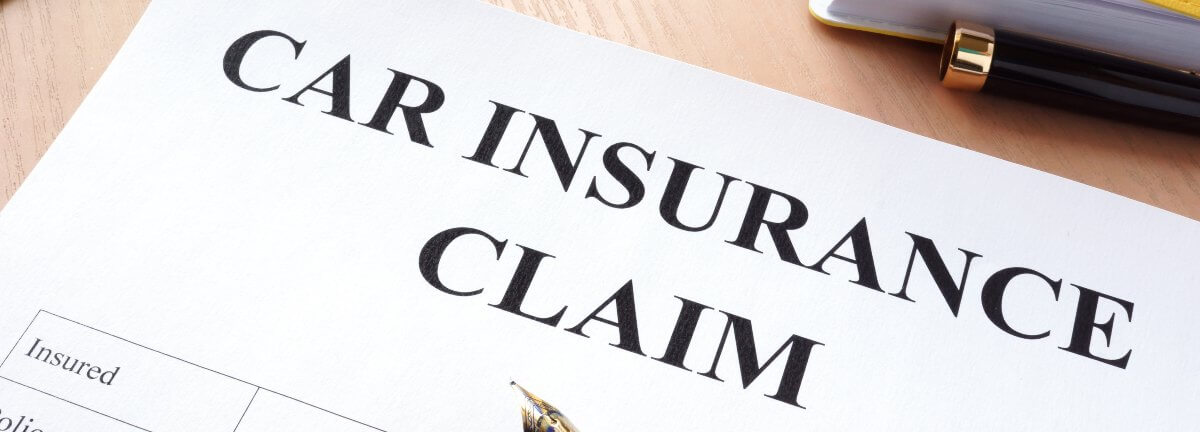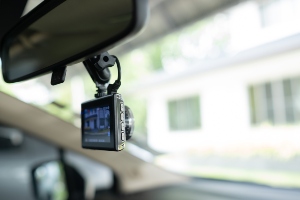What You Need to Know About Fault for an Ohio U-Turn Crash

U-turns are dangerous for a variety of reasons. Sometimes drivers who make these turns are lost and unfamiliar with where they are. When drivers are unsure about where they are going, they may not be as cautious as they otherwise would be, or they may be overly cautious. This can increase the risk of a crash, particularly during a maneuver like a U-turn.
U-turns are also dangerous because there may be drivers turning right from the lane perpendicular to yours. Unfortunately, U-turning drivers and right-turning drivers often do not look out for each other before turning.
Even though there are often signs explaining who should yield, many drivers are unsure about who has the right of way. Often, drivers decide to proceed when they do not have the right of way. Sometimes drivers who are ready to turn right allow other drivers to proceed even though the right-turning drivers have the right of way.
These are just some of the reasons why U-turns are dangerous, and why determining liability for U-turn crashes can be a challenge. Victims should consider seeking help from an experienced attorney.
Friedman, Domiano and Smith’s Cleveland auto accident attorneys are ready to help you seek the compensation you need after a U-turn crash, or another type of vehicle crash caused by negligence. Our attorneys have a proven record in securing compensation for crash victims.
Ohio Laws on U-Turns
The section of the Cleveland municipal code about U-turns repeats what Ohio state law says about this traffic maneuver. Under state law, you are generally permitted to make a U-turn unless you are attempting to do so:
- Near a hill or incline
- When you have less than 500 feet of visibility
- Where a sign says U-turns are not allowed
While Cleveland law allows U-turns, some other municipalities may not. If you are in one of these jurisdictions, you will need to find some other way to turn around. It is important to note there are many jurisdictions in Ohio where U-turns are completely prohibited, like Columbus. Even though state law allows U-turns, it is illegal to make this maneuver in a jurisdiction where U-turns are illegal.
Common Reasons Why U-Turn Crashes Happen
U-turn crashes often happen because the driver who was making the turn did not have enough time to avoid a collision with oncoming traffic. Sometimes drivers decide to pull out even though they cannot see around the left-turning drivers who are facing the opposite direction. This can result in a dangerous, high-speed collision in the intersection, one that may involve more than two vehicles.
Many drivers do not account for how long it takes to turn around and speed up to get back into the flow of traffic. They may try to make a U-turn when it would be safe to make a left turn. Unlike a left turn, you are not passing by oncoming traffic. You need a little more time to make a U-turn because you are merging with traffic heading in the opposite direction.
U-turn crashes also involve U-turning drivers and drivers who are turning right. The driver who was turning right may have had the right of way, such as if he or she was turning on a green light. If the right-turning driver had a stop sign, he or she is likely to be found at fault for a collision with a U-turning driver.
Collisions can also happen because an oncoming driver was speeding or changed lanes into the lane of the U-turning driver.
Pedestrians in crosswalks can also be involved in a U-turn crash if the driver fails to check for pedestrians before and while turning.
A U-turning driver can get rear-ended by drivers behind them before even making the turn. That driver may become impatient and think the U-turning driver should have already made the turn.
Who Could be at Fault for a U-Turn Collision?
One of the most important questions that needs to be answered when reviewing fault is: who had the right of way at the time of the collision?
If a driver had the right of way, the other driver or drivers involved in the collision are likely at fault for the crash. There are various factors that determine who had the right of way in a U-turn crash:
- Did the right-turning driver have a red light or green light?
- Was there a sign saying the U-turning driver had to yield to other traffic?
- Did the U-turning driver attempt a U-turn where there was not enough room to turn around, forcing him or her to need to make a three-point turn?
- Did the U-turning driver make the maneuver in a jurisdiction where U-turns are prohibited?
- Did an oncoming driver run a red light before crashing into a U-turning driver?
- Did an oncoming driver change lanes in the middle of an intersection before crashing into a U-turning driver?
Even if one driver had the right of way, fault could potentially be shared. If a right-turning driver had the right of way but he or she could have easily avoided a collision with a U-turning driver, the right-turning driver may bear partial fault.
If an oncoming driver was speeding, the U-turning driver may not be fully at fault, even if he or she did not have as much time as he or she needed.
An oncoming driver may have been distracted, preventing him or her from being able to avoid a collision with a U-turning driver. In this situation, fault could be shared between the victim and distracted driver.
If a U-turning driver hits a pedestrian while turning, the pedestrian may be partially to blame. He or she may have been outside of the crosswalk or crossing when the signal told them not to cross. However, the U-turning driver may bear some amount of fault for the collision if it could have been avoided.
Need Legal Assistance with a Crash Claim? Contact Us
Friedman, Domiano and Smith has been advocating for the injured in Ohio for decades, securing millions for their damages. We do not charge upfront fees or hourly fees.
The first step is calling us to schedule a free legal consultation to determine if you may have a case. If you were injured in an accident, we are ready to take your call.
Call today. We are ready to take on the insurance company. 216-621-0070
Comments are now closed




Comments